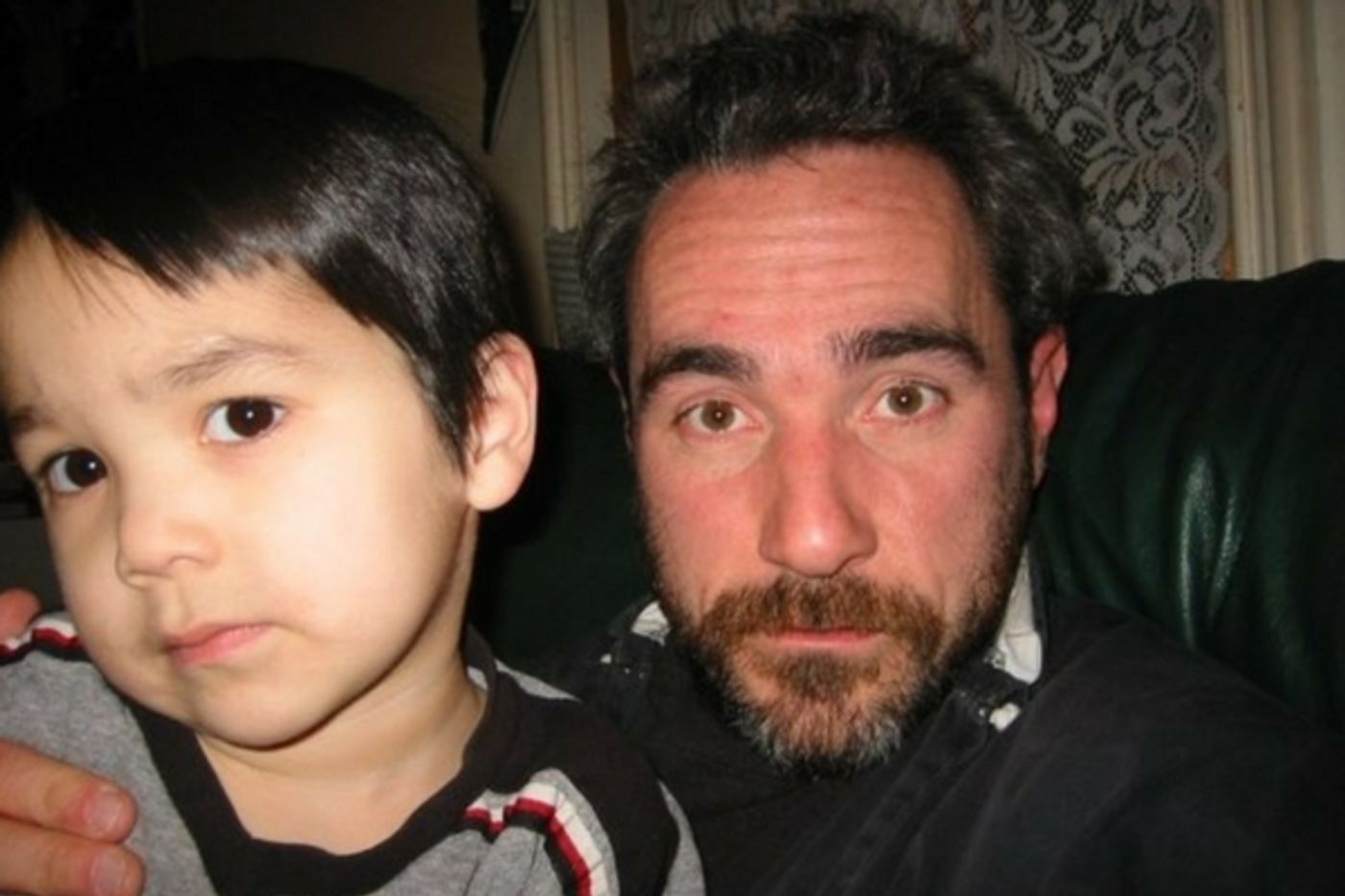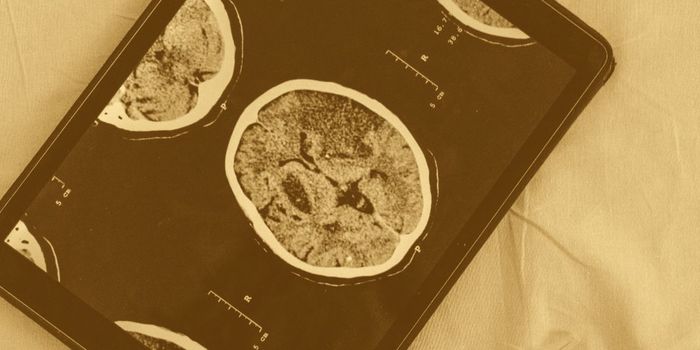Racial Bias Can Start in Infancy
Racial bias is something many think of as a societal problem and it most definitely is, however two new studies suggest that it’s beginning earlier in life than previously thought. Researchers at the Ontario Institute for Studies in Education (OISE) at the University of Toronto and colleagues across the globe in China, France and the United States say their research shows that even babies as young as six to nine months old can show a bias based on race.
The first study, published in the journal Developmental Science used music. In that research the team was able to demonstrate that older infants tended to associate faces of members of their own race with happy music. Conversely, faces shown to them of members of other races, were correlated with sad music.
In the second study, the work centered on gaze cues. That study involved infants aged 6-8 months. These babies were more likely to learn information from people of their own race than from others of different races that interacted with the children. That study was published in the journal Child Development. In both studies, babies younger than six months old showed no bias.
Dr. Kang Lee, professor at OISE’s Jackman Institute of Child Study explained, “The findings of these studies are significant for many reasons. The results show that race-based bias already exists around the second half of a child’s first year. This challenges the popular view that race-based bias first emerges only during the preschool years.” A common theme of how race bias, and eventually racism, develop is that it’s a result of negative experiences a person may have had with someone of another race.
However, babies at this age, which include the infants used in the study, normally have almost no experience with others outside their own race. The opportunity for interaction, be it positive or negative, with people of other races is relatively rare at this age. Most children of this age spend 90% of their time with people from their own race. Dr. Lee further explained that rather than a negative experience, it’s likely more about a lack of any experience, stating, “These findings thus point to the possibility that aspects of racial bias later in life may arise from our lack of exposure to other-race individuals in infancy.”
Here’s a look at the specifics of each study. In the first, involving music and race, babies were shown pictures of people of their own races and those of other races, all with neutral expressions. The pattern was random as to happy or sad music. The babies, all aged from 3-10 months were timed at how long they looked at each picture, which is really the only way to gauge interest at that age. In the bracket of 6-9 month olds, the babies looked longer at members of their own race when paired with happy music. When faces of people of other races were paired with sad music that drew babies to look at them longer. in a simplified explanation, a longer gaze indicates association, and in these results, the associations drawn by the babies were other races equals sad, their own race equals happy.
In the second study, the method was that of reliable and unreliable gazes. A person on a video screen would look at all four corners of the screen. A reliable gaze was when a small image appeared in the corner the person looked at. An image appearing in another corner is an unreliable gaze. The people in the videos were split evenly between those of the same race as the babies and those of a different race. While all infants at this age (6-8 months) learn best from reliable gazes, there was less learning when babies viewed reliable gaze video clips from members of a different race, suggesting a bias against faces that were not similar to the babies own race.
Researchers pointed out that parents can head off some of this by making sure their children see real people, or at least images and videos, of people from different races. The video below talks about the studies and how racial bias is a significant factor even in infancy.
Sources: OISE University of Toronto, NYMag.com, Child Development, Developmental Science









